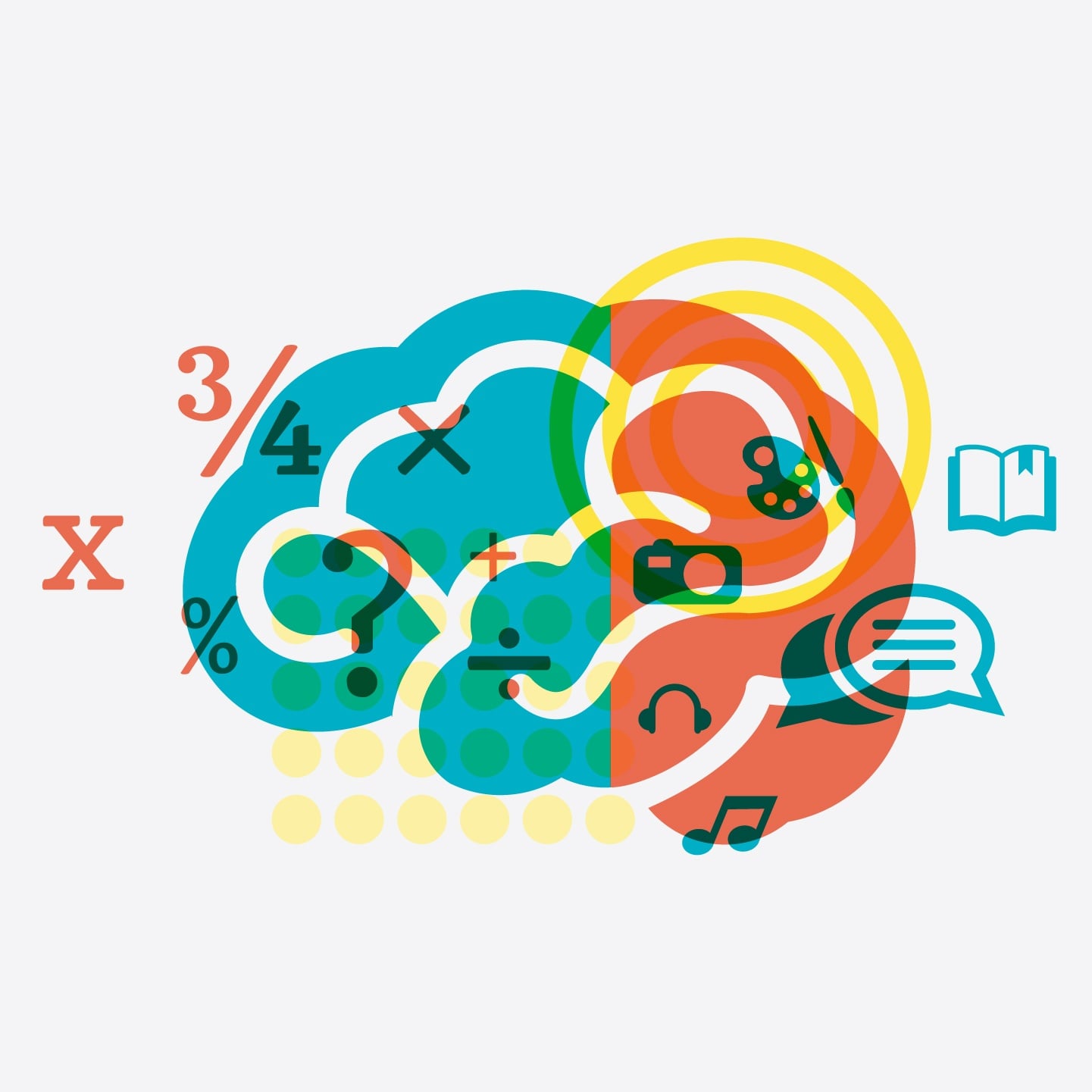
Who Is Winning the B2B Digital Marketing Race?
March 2023
B2B businesses take note: a profound and unignorable shift is taking place, being driven by a new and empowered generation of consumers. These individuals are eschewing traditional physical brand touchpoints in favor of purely or predominantly digital engagements across a variety of online platforms and channels. In order to capture and keep the attention of this audience, brands must develop and implement a comprehensive omnichannel B2B digital marketing strategy—or risk obsolescence.
According to eMarketer, U.S. B2B digital ad spending grew to over $14 billion in 2022, representing an increase of more than 18% year over year—greater than double the rate of the U.S. digital ad market overall. What could account for this marked disparity, given that the fundamentals of B2B and B2C marketing are so similar? Moreover, what can your brand (whether B2B or B2C) do to avoid being left behind?
The first step is understanding why digital marketing strategies (which are directly driven by observed customer behavior patterns) have shifted in the first place. Some of the reasons may be more obvious than others; consider that in 2023, a more digitally savvy generation is ascendant. As baby boomers reach retirement age, their younger counterparts assume greater buying power (both as individuals and as prominent decision-makers within their organizations). That this younger generation prefers to engage with brands online is borne out in the data—and reflected in the increased advertising investment across digital and social channels. Click here to learn more about the top social advertising trends for 2023.
Nowhere is this shift more apparent than on LinkedIn, the world’s largest professional network. LinkedIn B2B advertising revenue grew to over $3 billion last year, and the platform now accounts for the greatest share of B2B ad spending overall, representing nearly a quarter of the market. That LinkedIn is now equally relevant as a business and marketing tool as it is a professional network represents a sea change in popular perception of the platform—and B2B brands can no longer afford to ignore it.
LinkedIn’s success is a function of its ability to help brands connect with their target audiences and specific segments within those audiences and to deliver relevant, meaningful messaging at every step of the customer journey. Savvy brands can thus utilize the platform to deliver personalized content with precision, generate leads and drive brand awareness.
Keep in mind, however, that while LinkedIn has evolved into a significant platform for advertising, it is neither the alpha nor the omega of a holistic omnichannel digital marketing strategy. To truly get to know your audience and better understand what is driving their purchasing behavior, a substantial and ongoing engagement effort is required, as every interaction produces additional data with which to facilitate continuous organizational improvement.
What does the surge in digital ad spending mean for your business?
- The B2B buying cycle is increasingly influenced by digital marketing, including paid advertising.
- LinkedIn has evolved into a key advertising platform that brands cannot afford to ignore.
- If your business is not engaging its audience via the platform and channels that matter to them, you are missing a massive opportunity for growth.
- LinkedIn advertising must be a part of a more holistic omnichannel digital marketing strategy.
The trend lines are clear, and the latest data paints a vivid picture of where we’re headed next. Estimates indicate that increased spending across digital and social channels will continue in 2023 and beyond. The only question left is, how will your brand respond?
Let's Make Your Brand Matter
To learn more about this topic or to discuss an issue impacting your business, contact Bailey’s Vice President of Client Services, Jamie Gailewicz, at 610-818-3103 or email us at [email protected].



